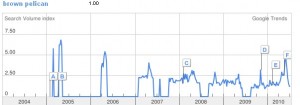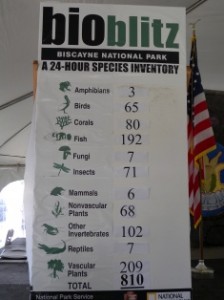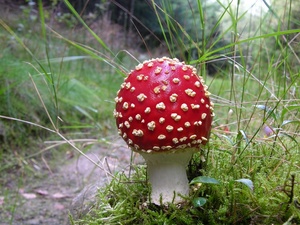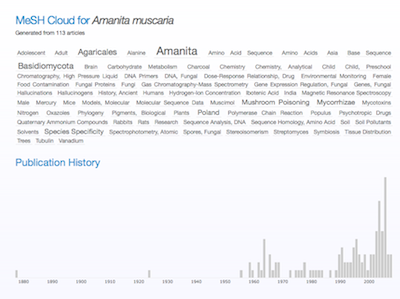The mysterious creature of the deep
Kelsey HeiterAugust 19th, 2010
Stories of giant sea monsters have frightened people since the beginning of time.
Some of the scariest tales involve an enormous squid that attacks boats and scares sailors with its’ mammoth tentacles.
Over the years, the long-armed creatures have gained a legendary status. However, uncharacteristic of most myths, giant squid are unusual because they actually do exist.
But where can you find one of these monstrous creatures?
Giant squid, Architeuthis dux, inhabit depths of up to 1,000 meters below the oceans’ surface, making them one of the most enigmatic species on our planet – there has only been one sighting of a live squid ever recorded.
Much information is still unknown about giant squids because of their deep habitat, but over the years scientists have discovered several unique facts about this species.
Have you ever wondered how big a giant squid really is?
Imagine that a single squid eye is the size of your head – think about looking out of that every day!
Their extremely large eyes help them see in the dark depths of the ocean, aiding in navigation and food location.
Although the squid has few predators, its largest and most dangerous threat is the sperm whale, which can grow up to 40-50 feet long and weigh 30-40 tons, while the squid is usually 35-45 feet long, making the whale an equal, but slightly larger, opponent.
When it is time to hunt, squid capture prey using their eight powerful arms and two long feeding tentacles, about 10-12 meters in length, which dart out to grip the squid’s prey, grabbing and pulling it towards their sharp beak. The undersides of the squid’s tentacles are surrounded by suckers, called clubs. These tentacular clubs are in the shape of sub-spherical cups, and are lined with sharp, finely serrated rings of chitin, a tough membranous protein material, in four longitudinal rows. The parrot-shaped beak, which can be strong enough to sever a steel cable, is used to crush the squid’s food into bite-sized pieces.
Before the squid can digest its’ prey, it is shred with an organ called a ‘radula,’ located on the squid’s tongue, which will push the food down the squid’s esophagus to its digestive organs.
Further studies have found that, unlike humans and a majority of species, squids’ blood is actually a blueish color due to the copper-containing compound haemocyanin. Humans and other species have red blood due to iron-based hemoglobin.
Because squid live in such depths below the oceans’ surface, their blood does not carry oxygen well in warm water. If the creature is exposed to warmer temperatures, it will eventually suffocate and most likely die.
Scientists have discovered that these colossal creatures have yet another rare feature: three hearts; two brachial hearts that pump blood to their gills, where oxygen is taken up, and one systemic heart where blood is pumped to the rest of the body.
If having three hearts is not enough for the giant squid, a recent study found that new born squid learn through a trial and error method similar to a humans’ learning process. The squid’s intricate nervous system and complex brain suggest that they are among the smartest creatures to ever inhabit the earth.
Today, giant squid continue to be one of the rarest and most mystifying creatures to ever roam the sea. So next time you are 1,000 meters below sea level, be on the lookout for a giant squid – you may be one of the lucky few to catch a glimpse.
Check out the EOL Learning + Education podcast on giant squid to find out more!
















